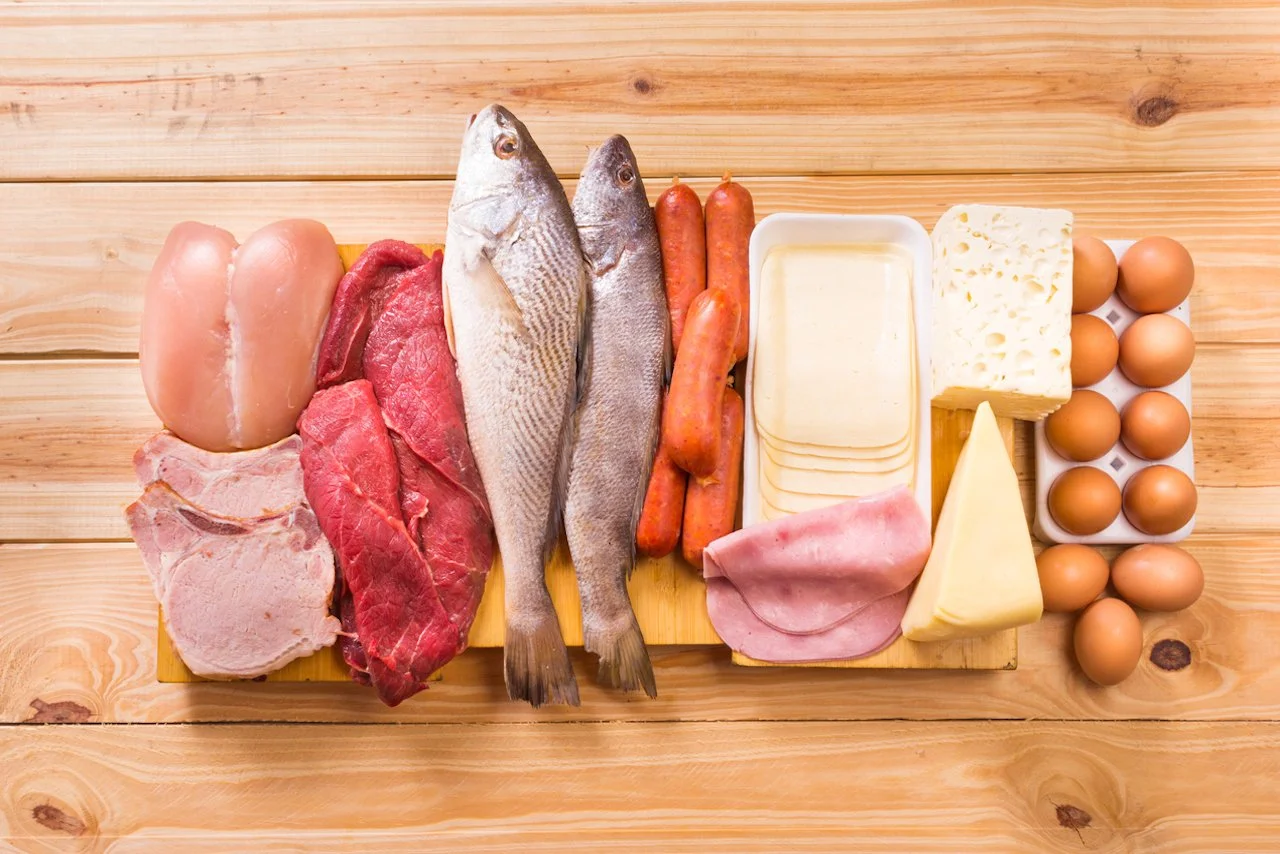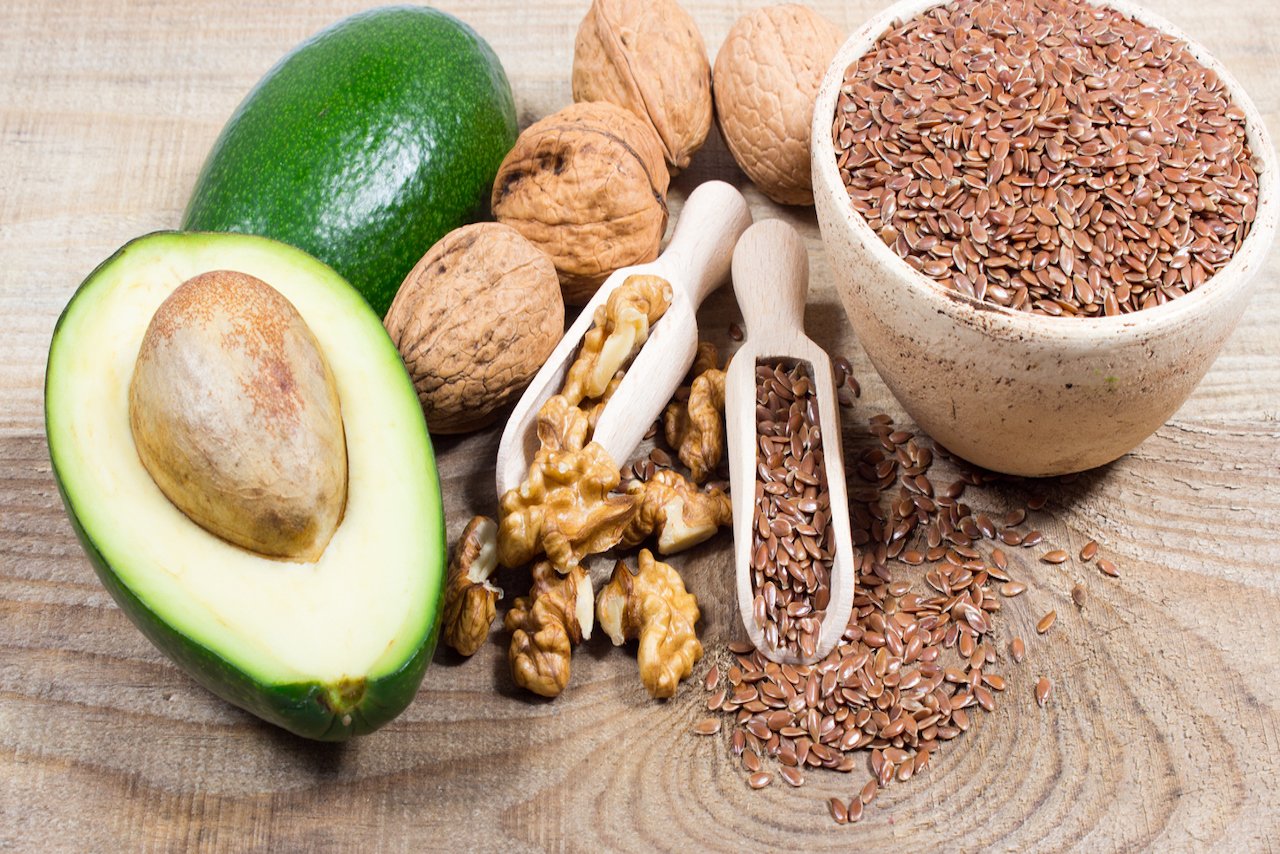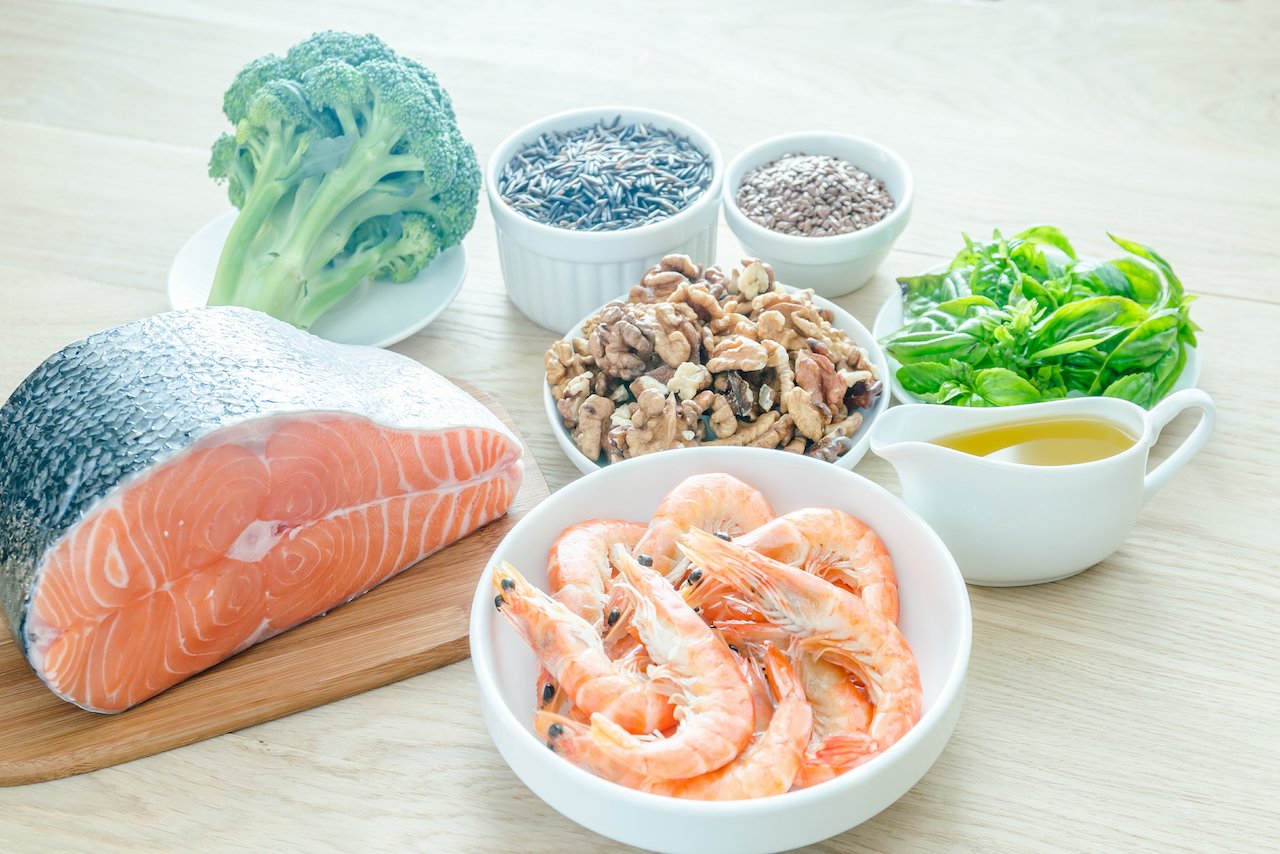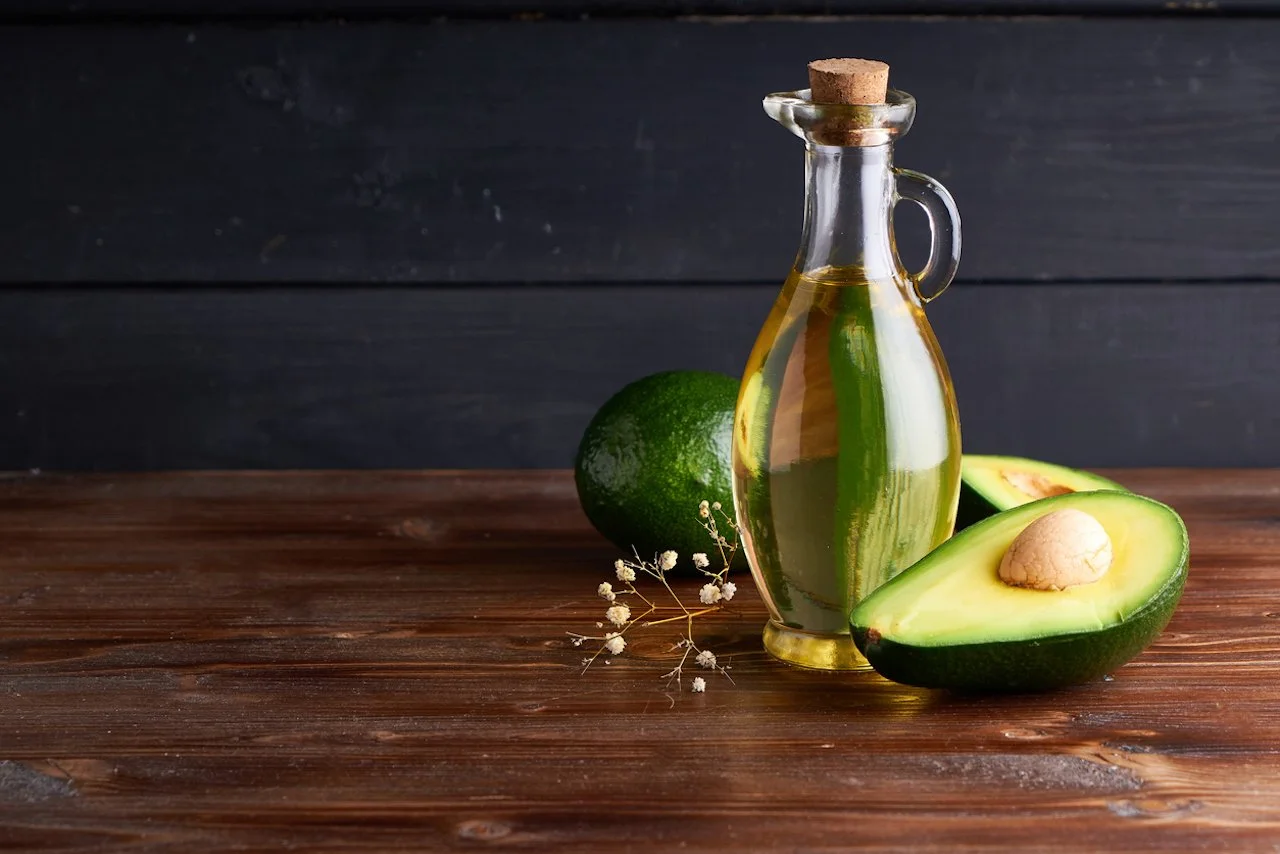Fats & Cooking Oils
Discover > Texas Home Cooking > Fats & Cooking Oils
Admit it, at some point you’ve made or seen a recipe at some point and wondered to yourself “why should I use this specific type of oil?”. Chances are there’s a reason why the certain oil named. Smoke points, richness, texture, and flavor can all be factors to take into account for which oil you should use for a certain task or recipe in the kitchen. We’re going to go through some common cooking oils and what exactly they’re made of, where they’re from, and what they’re best used for.
Oils can be extracted from all sorts of naturally occurring produce. Vegetables, fruits, seeds, nuts (how long do nuts last?), dairy products, and certain trees and flowering plants. Different oils have different properties and structures that should be taken into account before you cook, and certainly before you write a recipe.
What Gives Oil it's Smoke Point?
The smoke point of oil occurs when oil molecules begin to break down and release their chemicals. These chemicals often leave a burnt, undesirable flavor.
Why Doesn't Oil Mix with Water?
Oil does not mix with water because oil does not have a charge. Water, or H2O, has a negative charge due to the unequal sharing of electrons. Throwing water onto a grease fire is so dangerous because the two don't mix, the water will sink to the bottom and evaporate, fueling the fire even more with the rising oxygen.
Different Type of Fats?
Fats are one of the three essential nutrients. Fats are derivatives of fatty acids and glycerol made up of long strings of either single or double bonds between carbon and hydrogen.
These bonds determine whether a fat is saturated or unsaturated. The other type of fat, the villainized ‘trans fat’, is the final type of fat we’ll talk about.
Saturated Fats
These are the kind of fat found in butter, lard, ghee (how long does ghee last?), fatty meats, and cheese. Eating a diet high in saturated fat is associated with raised levels of non-HDL cholesterol (the bad kind). This is linked to an increased risk of heart disease and circulatory disease.
Unsaturated fats
These are considered the ‘healthy fats’ and are essential, in moderation to any healthy diet. "Unsaturated" refers to the fact that the molecules contain less than the maximum amount of hydrogen bonds in their fatty acid chains. They come in two main forms; monounsaturated and polyunsaturated. These fats contain one or more double or triple bonds between the molecules. As oils, these fats are liquids at room temperature.
Monounsaturated fats(MUFAs):
These are fats that have one double bond in the fatty acid chain, with all the remainder carbon atoms being single bond. Monounsaturated fats protect against cardiovascular disease by providing more membrane fluidity than saturated fats. They also reduce low-density lipoprotein (LDL) cholesterol, while possibly increasing high-density lipoprotein (HDL) cholesterol. Monounsaturated fats are found in animal flesh such as red meat, whole milk products, nuts, and high-fat fruits such as olives (What wine goes well with olives?) and avocados (how long does avocado last?).
Polyunsaturated fats (PUFAs):
These are fats in which the constituent hydrocarbon chain possesses two or more carbon-carbon double bonds. Polyunsaturated fat can be found mostly in nuts, seeds, fish, seed oils, and oysters (What wine goes well with oysters?). These fats can help reduce the amount of LDL cholesterol in your body reducing the risk of heart disease and stroke. They also contain nutrients that help develop and maintain your body’s cells.
In fatty acids, the carbon atom of the methyl group at the end of the hydrocarbon chain is called the omega carbon because omega is the last letter of the Greek alphabet. Omega-3 fatty acids have a double bond three carbons away from the methyl carbon, whereas omega-6 fatty acids have a double bond six carbons away from the methyl carbon.
Trans Fats
Trans fat are the ‘bad’ fats that everyone should stay away from. The fats in junk and highly refined foods, snacks, and treats. There are trace amounts of these fats in meat and milk fat. It became widely produced as an unintentional byproduct in the industrial processing of vegetable and fish oils in the 20th century for the use of margarine and later, in the over-refined packaged and fast food we know today.
Partial hydrogenation of the unsaturated fat converts some of the cis double bonds into trans double bonds by an isomerization reaction with the catalyst used for the hydrogenation, which yields a trans fat.
Trans fats are known to be linked to increased risk of coronary artery disease in part by raising LDL cholesterol levels, lowering HDL cholesterol, increasing triglycerides (a type of fat (lipid) found in your blood. When you eat, your body converts any calories it doesn't need to use right away into triglycerides) in the bloodstream and promoting systemic inflammation. The world health organization recommends you keep trans fat consumption to trace amounts, or even, eliminate them completely.
Olive oil
Let’s get the obvious question out of the way first; What is the difference between olive oil, and extra virgin olive oil. Well, it’s hidden in the name. Extra virgin olive oil is an oil made from pure, cold-pressed olives, while olive oil includes both cold-pressed olives and other processed oils often making it lighter in color and more neutral in flavor. Olive oil has a low smoke point, that’s why when cooking, stick with plain olive oil and save the extra virgin oil for dripping and dressing, unless its very high quality.
This Meddertainian staple food is mostly produced in Spain, with Italy and Greece being the second and third largest producers. It is one of three staple food of the Meddertainian alongside wheat and grapes. It is also used as a by-product in many cosmetics, pharmaceuticals, and soaps.
Olive oil’s molecules start to deteriorate at 410ºƒ - 421ºƒ the unrefined particles within the oil are burned. This leads to a deteriorated taste. Extra virgin olive oil has a 356ºƒ - 420ºƒ, depending on quality. It is also worth mentioning that whenever olive oil is overheated and does begin to break down it loses much of its health benefits and becomes much like other oils.
Per 100g
Saturated Fatty Acids
Monounsaturated Fatty Acids
Polyunsaturated Fatty Acids
Smoke Point
Shelf Life (unopened)
Shelf Life (opened)
Uses - Medium-high heat cooking
13.8g
73.0g
10.5g
380ºƒ
2 years
18-24 months
Dressings, marinades, sauces, baking, sauteing, light pan frying, low heat roasting
Coconut Oil
Coconut oil is an oil extracted from the kernel or meat of a matured coconut. Coconut oil has had rocky, or at least a turbulent relationship with consumers since it was first demonized in the 1950s by US nutrition researcher, Ancel Keys based on an experiment done with rodents during the ‘saturated fat scare’ that hit modern America around the time (https://www.aocs.org/stay-informed/inform-magazine/featured-articles/coconut-oil-boom-may-2016). Coconut oil is 93% saturated fat, and it wasn’t until long after the 2000s that the ‘coconut oil boom’ occurred as it started to gain massive popularity because of its health benefits rather than a detriment.
Hair, skin, bones & teeth, immunity, digestion, cholesterol, and more, coconut oil ticks each of these boxes as beneficial, and because of its high saturated fat content, it oxidizes very slowly giving it a shelf life of up to 6 months at room temperature without spoiling. It has a smoke point of 347 °F so should not be used for intense frying or under extreme heat conditions.
Replace some of those heavy fats you’re using with coconut oil. You’ll get all of the health perks as well as a little boost in flavor. Perfect for moderate heat roasting, sauteeing, baking, and even as a little additive to your morning coffee. Since it does, however, have such a high saturated fat content, limit your intake, too much of anything is always bad.
Per 100g
82.5g
6.3g
1.7g
347ºƒ
2 years
2 years
Baking, frying (sir frying, pan frying, deep frying, etc.), greasing
Saturated Fatty Acids
Monounsaturated Fatty Acids
Polyunsaturated Fatty Acids
Smoke Point
Shelf Life (unopened)
Shelf Life (opened)
Uses - Medium-high heat cooking
Avocado Oil
It is safe to say that avocado oil is among one of the best oils ever founded. It has high nutritional value, a high smoke point, and great flavor, making it not only ideal for cooking but ideal for raw use as a garnish, in a vinaigrette, or in marinades. It wasn’t originally produced for culinary arts, however. Originally, and still to this day, is heavily relied on in the cosmetics world because of its very high skin penetration and rapid absorption.
Avocado oil is a lucrative oil to produce because thanks to genetic modification, avocados have become a year-round specialty, meaning the oil, normally pressed from the fleshy pulp surrounding the pit, can be produced year-round. Many olive oil producers take advantage of this, producing olive oil in olive season(normally between November and March), and avocado oil for the rest of the year.
Like any other oil, the more refined the oil is, the higher the smoke point it has. Not that avocado oil needs it as virgin avocado oil already has a smoke point of up to 482ºƒ. High quality, refined avocado oil can have a smoke point of up to 520ºƒ making it a great oil for any form of cooking and baking.
Per 100g
11.6g
70.6g
13.5g
482ºƒ
1 year
8 months in the fridge
Dressing, frying(pan, stir frying, shallow frying), greasing, baking
Saturated Fatty Acids
Monounsaturated Fatty Acids
Polyunsaturated Fatty Acids
Smoke Point
Shelf Life (unopened)
Shelf life (opened)
Uses - Medium-high heat cooking
Canola Oil
Since its invention in 1978, canola oil has become the second most popular oil in the US today. Canola oil is exceptionally stable with a smoke point of 460ºƒ making it an ideal oil for deep frying. It is also conveniently, the cheapest oil on the market today.
Canola oil is derived from a variety of rapeseed that is low in erucic acid. Its uses mainly limit themselves to cooking and biodiesel production.
Per 100g
Saturated Fatty Acids
Monounsaturated Fatty Acids
Polyunsaturated Fatty Acids
Smoke Point
Shelf Life (unopened)
Shelf Life (opened)
Uses - High heat cooking
7.4g
63.3g
28.1g
460ºƒ
2 years
1 year
Dressings, marinades, sauces, frying (all kinds), grilling, baking
Soybean Oil
Soybean oil is the most widely-used oil in the united states today. It has been linked to many health benefits in humans such as skin health, low cholesterol, preventing bone loss, and providing the body with omega-3 acids. Its high smoke point of 460ºƒ makes it ideal for many forms of cooking.
Its effect on environmental health; is not so beneficial. Although the oil or the production of it does not directly link to environmental hazards, cultivating soybeans (how long do soybeans last?) has become synonymous with deforestation, soil erosion, and the killing of much biodiversity, particularly in the rainforests of the Amazon.
Per 100g
Saturated Fatty Acids
Monounsaturated Fatty Acids
Polyunsaturated Fatty Acids
Smoke Point
Shelf Life (unopened)
Shelf Life (opened)
Uses - High heat cooking
15.6g
22.8g
57.7g
460ºƒ
2 years
1 year
Roasting, baking, frying, sauteing
Peanut oil
Peanut oil is derived from cold-pressing and/or refining peanuts. It is often used in American, Chinese, South Asian, and Southeast Asian cuisine. It was first produced during world war 2 when the US was in its oil shortage. It is one of the most widely used oils in the US today. In 2018, the US consumed 133,000 metric tonnes.
Cold-pressed, unrefined, organic peanut oil has a relatively low smoke point of 320ºƒ making it unsuitable for any high heat cooking methods. Refined peanut oil, on the other hand, has a high smoke point of up to 450ºƒ making it an ideal oil for big batch frying.
Per 100g
Saturated Fatty Acids
Monounsaturated Fatty Acids
Polyunsaturated Fatty Acids
Smoke Point
Shelf Life (unopened)
Shelf Life (opened)
Uses - High heat cooking
20.3g
48.1g
31.5g
450ºƒ
2 years
4-6 months
Frying, sautéing, adding flavor
Sunflower Oil
Sunflower oil is the non-volatile oil pressed from sunflower seeds. In food it is most commonly used as a frying oil with a smoke point between 225º-450ºƒ, depending on quality and refinement. It is primarily composed of linoleic acid (a polyunsaturated fat) and oleic acid (a monounsaturated fat). Through selective breeding and manufacturing processes, oils differing in these fatty acid proportions can be produced to meet consumer needs.
Per 100g
Saturated Fatty Acids
Monounsaturated Fatty Acids
Polyunsaturated Fatty Acids
Smoke Point
Shelf Life (unopened )
Shelf Life (opened)
Uses - High heat cooking
10.3g
19.5g
65.7g
440ºƒ
2 years
1 year
Dressings, marinades, sauces, frying, roasting, baking, grilling
If you're in the mood for a cup of freshly roasted artisan coffee, check out this list of noteworthy roasters in Texas.
Unlock the secret to perfect grilled Texas oysters with expert tips. Impress your friends with a delicious seafood feast using our complete grilling guide for these tasty treasures from the sea.
















